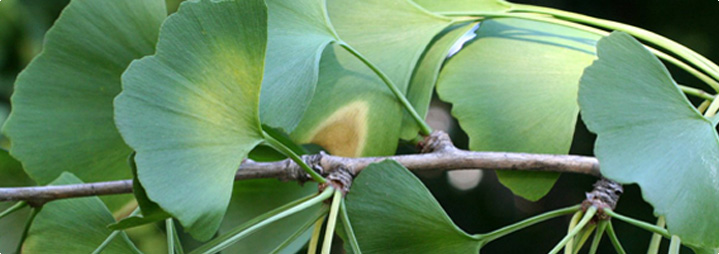Phytoestrogen foods
In order to first understand what phytoestrogen foods are it is first necessary to understand what phytoestrogens are and what role they play in the human body. Phytoestrogens are are plant-like hormone that has a chemical structure similar to that of human estrogen. Such a unique trait makes foods that contain this component highly sought after.
What are phytoestrogen foods?
Other sources of Phytoestrogen
In addition to these phytoestrogen foods there are a number of phytoestrogenic herbs which are also known for their high phytoestrogen content. Such herbs include:
. Don quai
. Red clover
. Ginseng
. Soy
. Ginkgo biloba
. Black cohosh
Phytoestrogen foods are foods that contain high amounts of the chemical component known as phytoestrogens. There are many foods that contain phytoestrogens and these vary in terms of richness of content. The degree of phytoestrogen content is measured by a total combination of different phytoestrogens. These include:
. Lignans
. Daidzein
. Isonflavones
The highest content amongst phytoestrogen foods include: Soy beans, Tofu and flax seeds which contain 379380 �g/100g. Other phytoestrogen foods include:
| Phytoestrogen food source Soy milk Garlic Alfalfa sprouts Sunflower seed Chestnuts Almonds Peanuts Coffee, regular Milk, cow |
Phytoestrogen content (�g/100g) 2957.2 603.6 441.4 216 210.2 131.1 105.8 6.3 1.2 |
Vegetables, drinks and nuts can also contain varying amounts of phytoestrogens. The highest content among these phytoestrogen foods are:
 Vegetables: Green beans, winter squash, soy bean sprouts and garlic.
Vegetables: Green beans, winter squash, soy bean sprouts and garlic.
Nuts and other legume seeds: Hazel nuts, chestnuts, walnuts.
Fruit: Dried prunes, strawberries, peaches.
Who uses phytoestrogen foods?
Women who are suffering from the many symptoms of a hormonal imbalance often opt to consume more foods with phytoestrogen in them. The hormone like qualities of phytoestrogens is capable of balancing the hormonal fluctuations in women's bodies.
What are the risks involved with phytoestrogen foods?
 Phytoestrogen foods as well as herbs that contain high amounts of phytoestrogens are a potent soother for menopause symptoms which can range from: vaginal dryness, mood swing, hot flashes and night sweats. Despite the benefits of phytoestrogen foods caution is advised. The side effects of consuming too much phytoestrogens can include the aggravation of breast cancer cells in a woman's body. In addition to this treatment of menopause system via phytoestrogens is viewed as a temporary measure.
Phytoestrogen foods as well as herbs that contain high amounts of phytoestrogens are a potent soother for menopause symptoms which can range from: vaginal dryness, mood swing, hot flashes and night sweats. Despite the benefits of phytoestrogen foods caution is advised. The side effects of consuming too much phytoestrogens can include the aggravation of breast cancer cells in a woman's body. In addition to this treatment of menopause system via phytoestrogens is viewed as a temporary measure.
It is important to keep in mind that even though the use of phytoestrogen sources for menopause have the ability to help many of the harmful effects of menopause it also comes with risks. As such risks sometimes outweigh the potential benefits it is vital that all options are first considered. To read more about the alternatives, such as non-estrogenic herbs in the treatment of menopause symptoms continue here.



























